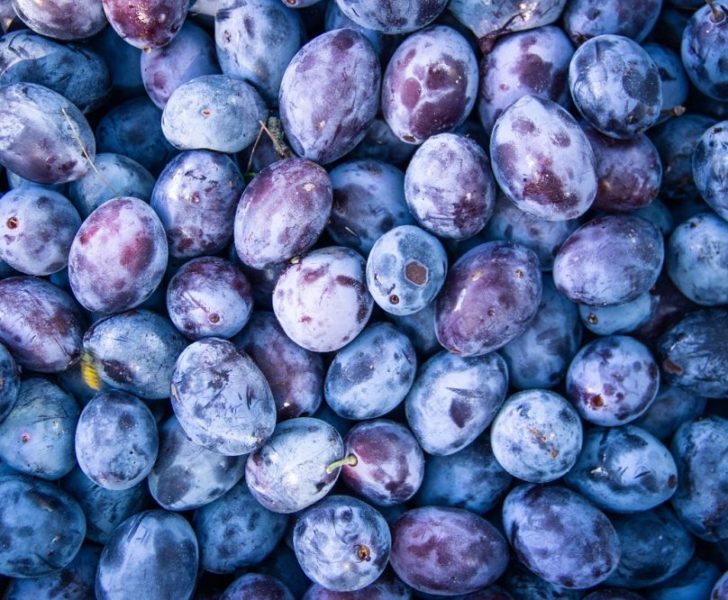Raw Food Diet – An In-Depth Analysis of the Popular Health Trend

Introduction
In our quest for a healthier lifestyle, many of us are turning to alternative diets and exploring new ways of nourishing our bodies. One such diet that has gained considerable popularity in recent years is the ”raw food diet.” This article aims to provide a comprehensive overview of this dietary approach, including its principles, different types, quantitative measurements, variations, and historical perspective on its advantages and disadvantages.
Overview of the Raw Food Diet

The raw food diet is centered around consuming unprocessed, uncooked, and predominantly plant-based foods. The core principle of this diet is that cooking food destroys its natural enzymes, nutrients, and overall vitality, leading to a decrease in its nutritional value. Advocates of this diet believe that consuming foods in their raw state maximizes their nutritional content and promotes optimal health.
Types of Raw Food Diets
There are several variations of the raw food diet, each with its own set of guidelines and restrictions. The most common types include:
1. Raw Vegan Diet: This type of raw food diet excludes all animal products, including dairy, eggs, and honey. It primarily consists of fruits, vegetables, nuts, seeds, and sprouted grains.
2. Raw Vegetarian Diet: Similar to the raw vegan diet, this variation allows the inclusion of dairy products such as raw milk, cheese, and yogurt, as well as honey.
3. Raw Omnivorous Diet: This diet allows the consumption of raw animal products such as raw meats, fish, and eggs, in addition to fruits, vegetables, nuts, and seeds.
Popular Raw Food Diet Trends
Within the realm of the raw food diet, various trends have emerged, gaining significant attention from health enthusiasts. Some of the popular trends include:
1. Juicing: The process of extracting juice from fruits and vegetables, often using specialized juicing machines, to create nutrient-dense, easily digestible beverages.
2. Sprouting: Soaking and germinating seeds, grains, and legumes to enhance their nutritional value and make them easier to digest.
3. Fermentation: Cultivating live bacteria and yeast in foods, such as sauerkraut, kimchi, and kefir, to enhance gut health and nutrient absorption.
Quantitative Measurements of Raw Food Diet Benefits
Studies have investigated the potential health benefits of a raw food diet, typically comparing it to conventional diets. These measurements include the intake of essential nutrients, reduction in processed food consumption, weight loss, improved digestion, increased energy levels, and a lower risk of chronic diseases like heart disease and diabetes. However, it is worth noting that some studies have also highlighted potential nutritional deficiencies in individuals adhering strictly to a raw food diet.
Differences Among Raw Food Diets
While the core principle of the raw food diet remains the same across variations, there are notable differences in terms of food selection and consumption. The raw vegan diet excludes all animal products, while the raw vegetarian and raw omnivorous diets allow varying levels of animal product consumption. This distinction can impact nutrient intake and provide different nutritional profiles.
Historical Perspective on Advantages and Disadvantages
The raw food diet has a history dating back to early civilizations when cooking methods were not yet developed. Advocates argue that consuming food in its natural state maintains its vitality and nutritional value. However, critics contend that a strictly raw food diet may lead to nutrient deficiencies and difficulty in meeting daily caloric requirements. Over time, proponents of the raw food diet have modified their approach, addressing concerns and developing more balanced variations.
Conclusion
In conclusion, the raw food diet offers an alternative approach to nutrition that focuses on consuming uncooked and unprocessed foods. While there are potential health benefits associated with this diet, it is important to consider individual nutritional needs and potential limitations. As with any dietary approach, consulting with a healthcare professional is advisable before making significant changes to one’s eating habits.
By understanding the fundamental principles, variations, measurements, and historical context of the raw food diet, individuals can make informed decisions about whether this dietary approach aligns with their health goals and preferences. Whether one chooses to fully embrace a raw food diet or incorporate elements of it into their existing eating habits, moderation and balance remain key on the path to optimal health.











